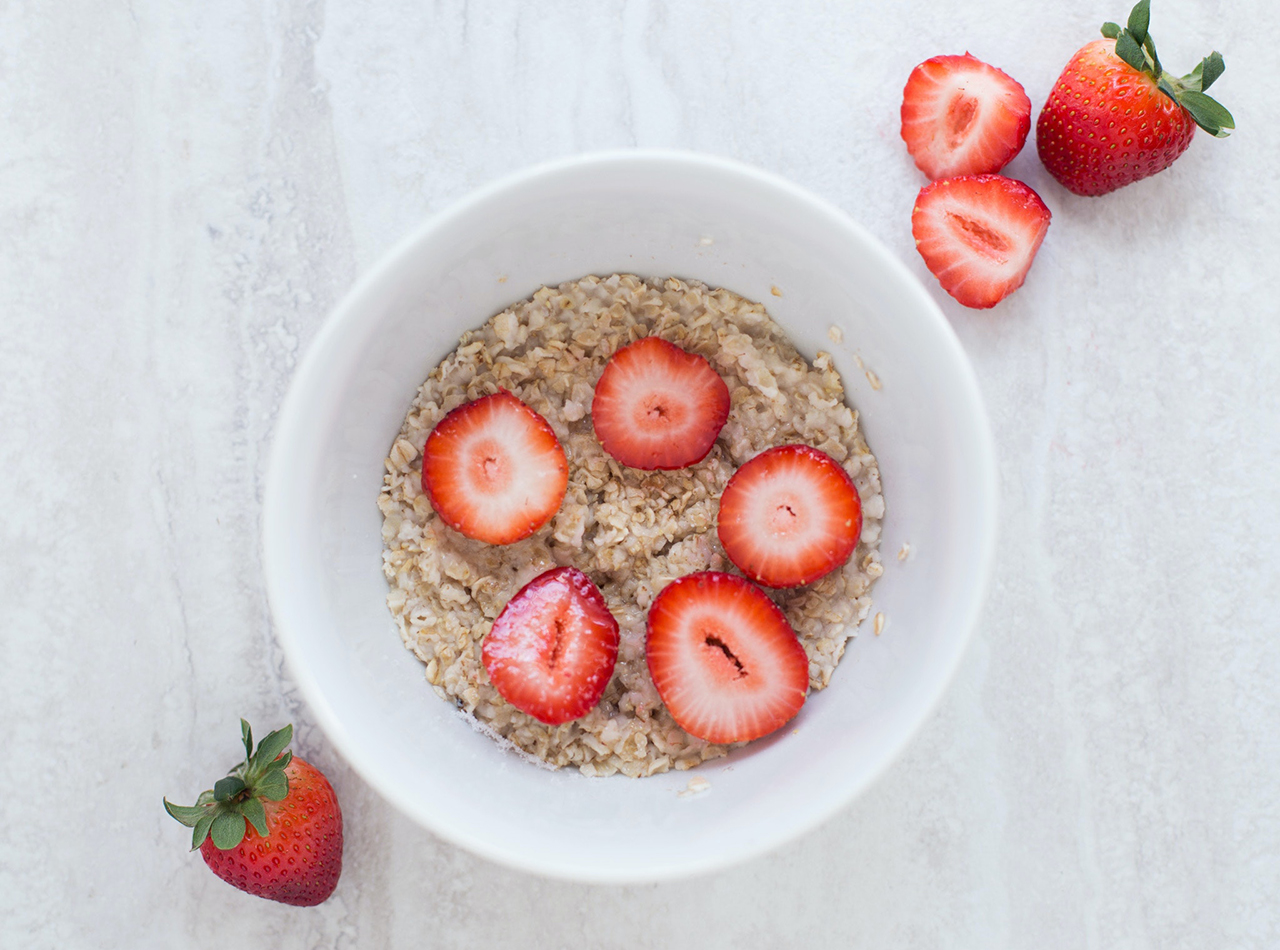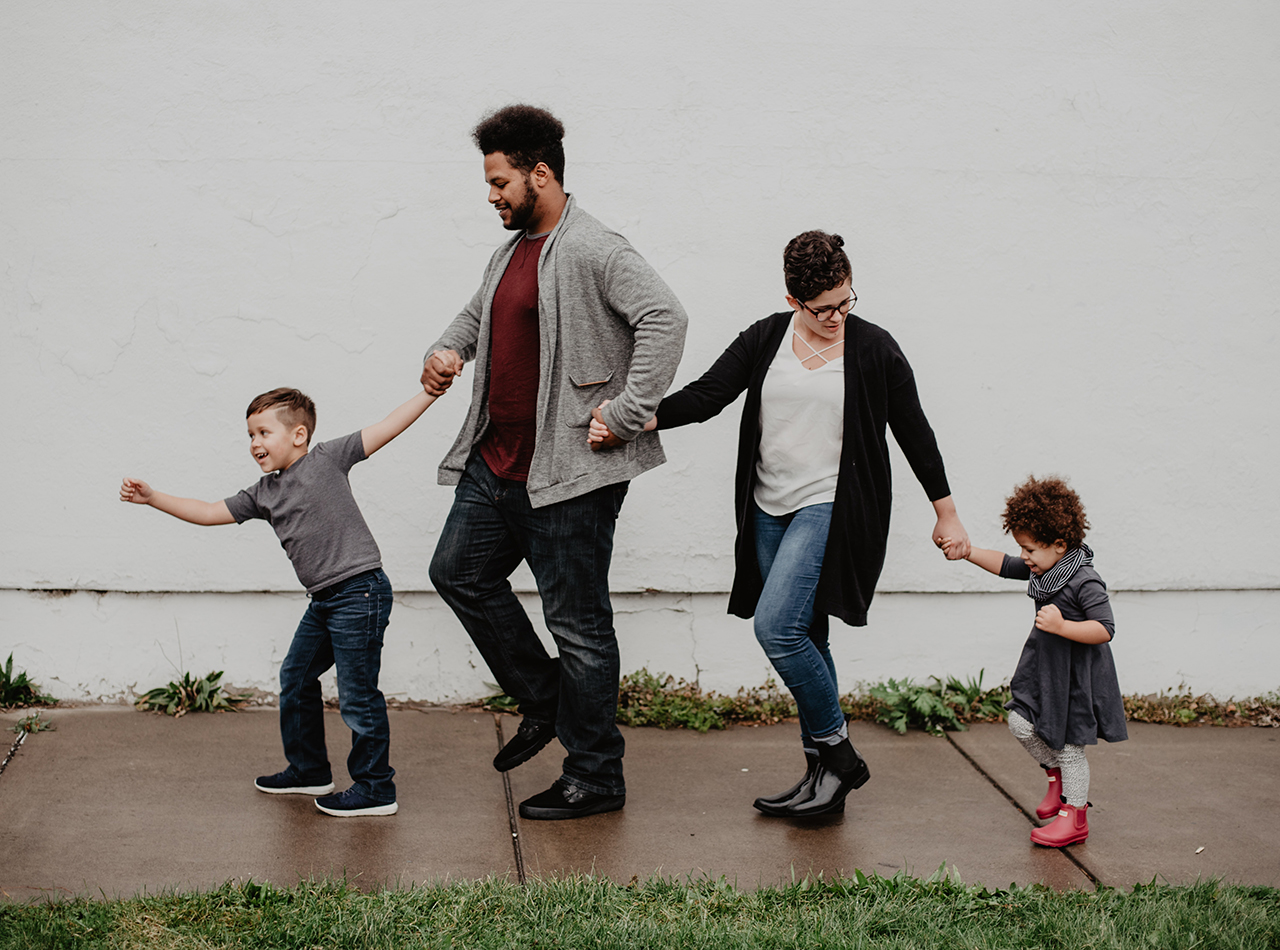
You’ve committed to an exercise routine, but do you find you run out of energy halfway through your workout? Or maybe you feel good during your workout but kind of crash a half-hour later?
Your body requires proper nutrition to perform optimally. With this in mind, here are the best foods to eat before and after your workout.
OPTIMAL PRE-WORKOUT NUTRITION
Eating the right foods before your workout will help to fuel your body so you can perform your best. Here are some of the best foods to eat before your workout.
Carbohydrates
The glucose derived from carbs will help to power your muscles during your workout. Some great carb options for a pre-workout snack are bananas, whole wheat toast, oatmeal, fruit salad, and pasta.
Protein
Eating protein before exercise has been shown to increase muscle protein synthesis. Eating protein before your workout will help your muscles recover and help you to see more gains.
Some good pre-workout protein options include eggs, meats, yogurt, and whey protein drinks. If you opt for the protein shakes, just be sure your protein powder doesn’t contain copious amounts of sugar or unnecessary fillers.
Fat
Glycogen from carbs is what will help fuel your shorter, high-intensity workouts, but to fuel your longer moderate-intensity workouts, you’ll want to make sure you eat some healthy fats before your workout. Some great fat options are eggs, full-fat dairy, avocado, and fatty fish like salmon.
OPTIMAL POST-WORKOUT NUTRITION
You’ve eaten the right foods to power your body through your workout and now you are done, stretched, and showered. That doesn’t mean your work is done. Your post-workout nutrition is just as important as your pre-workout nutrition.
You see, when you were working out, your muscles used up all of your glycogen stores for fuel. Some of the proteins in your muscles also got broken down and damaged by physical activity. Your body naturally wants to rebuild and replenish and so you’ve got to make sure you give it the right tools to do so.
And guess what those tools are? They are the very same MACRO nutrients you gave your body before your workout: carbs, protein, and healthy fats. Here are a few more ideas of foods to try under each category:
Carbs
- Sweet potatoes
- Quinoa
- Rice cakes
- Potatoes
- Dark, leafy green vegetables
Protein
- Cottage cheese
- Chicken
- Protein bar
- Tuna
Fats
- A salad with olive oil
- Nut butter
- Trail mix (dried fruits and nuts)
The bottom line is, if you give your body the proper nutrition, it will work and work hard for you, so you can reach your fitness goals! So be sure to eat the right foods before and after each workout.
SOURCES:
- https://www.healthline.com/nutrition/eat-before-workout
- https://www.healthline.com/nutrition/eat-after-workout
- https://www.msn.com/en-us/health/nutrition/what-to-eat-after-a-workout-the-6-best-post-workout-foods/ss-BB1b1Vuo



Recent Comments